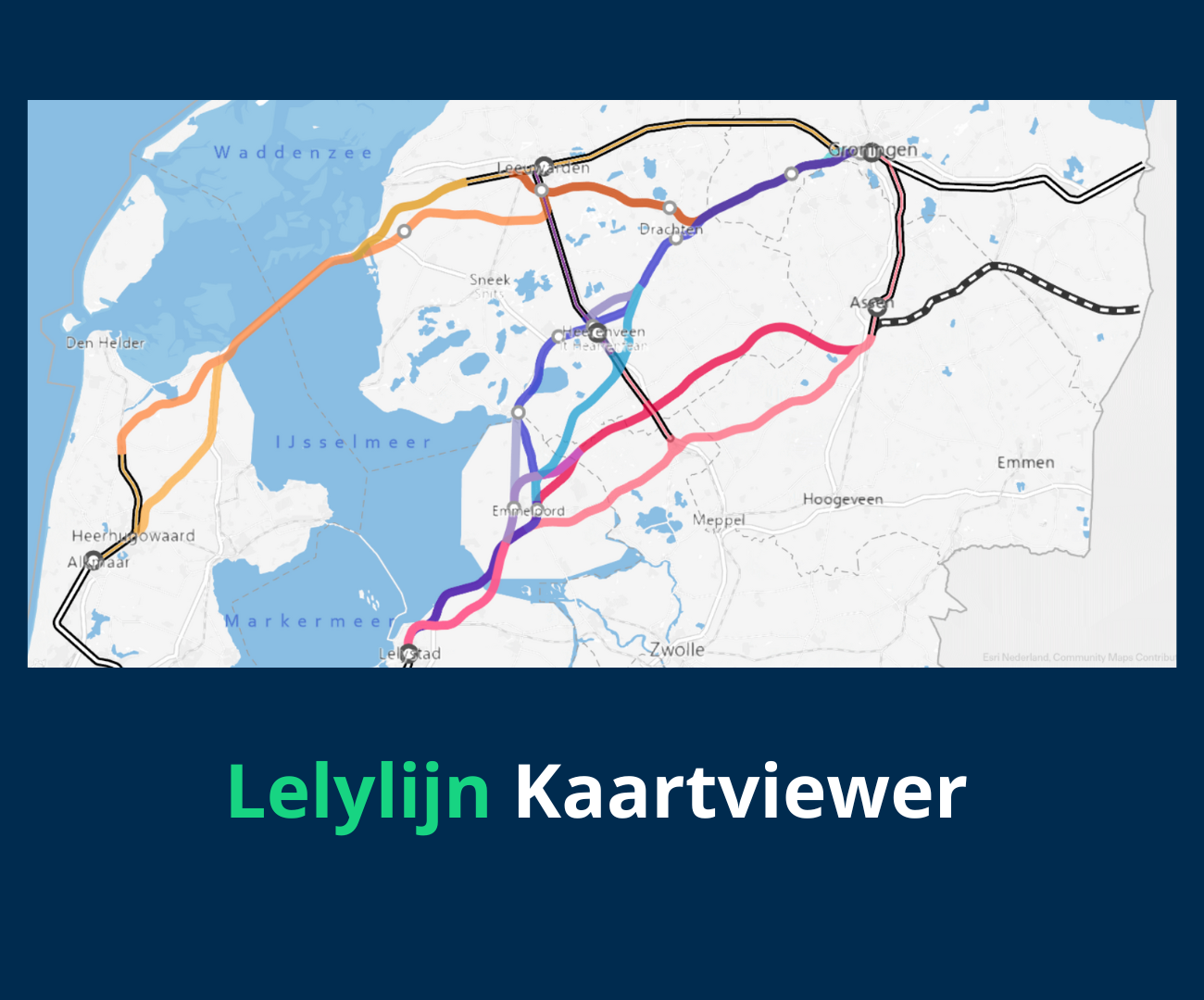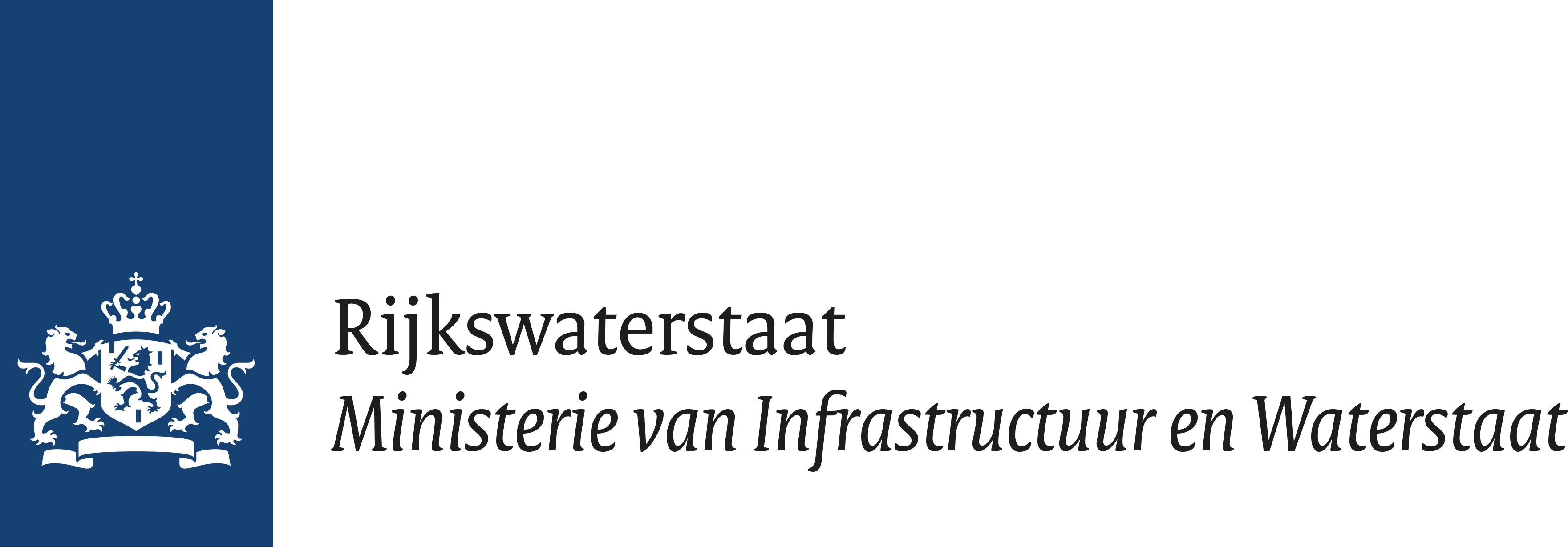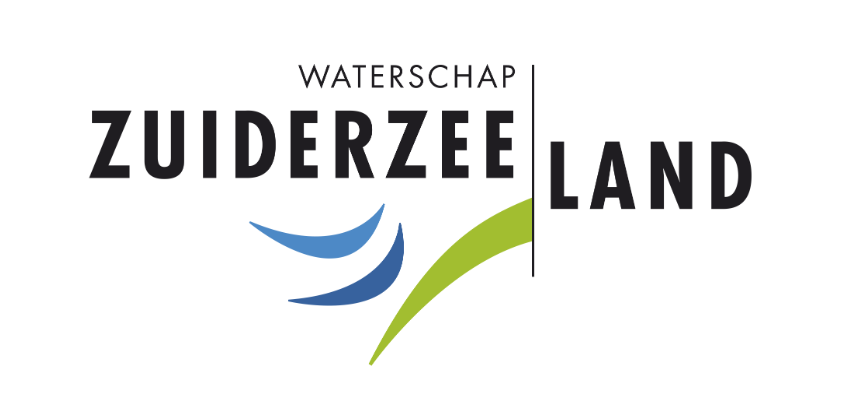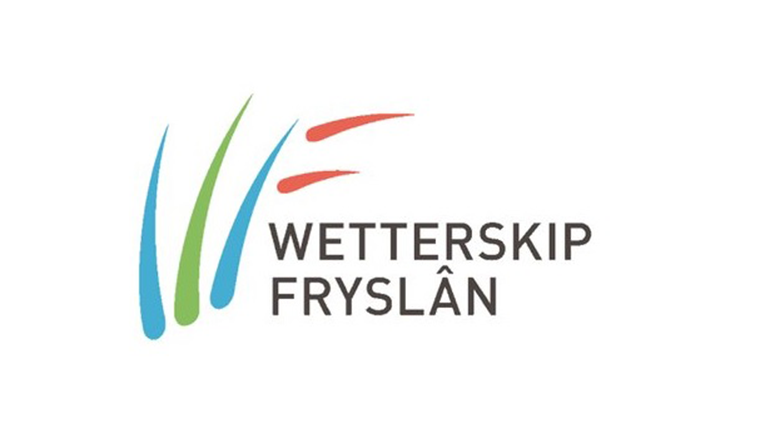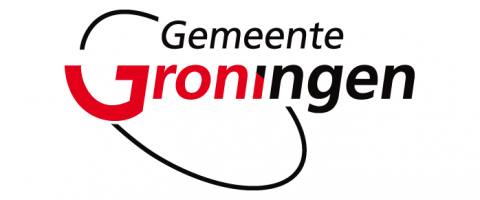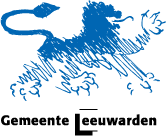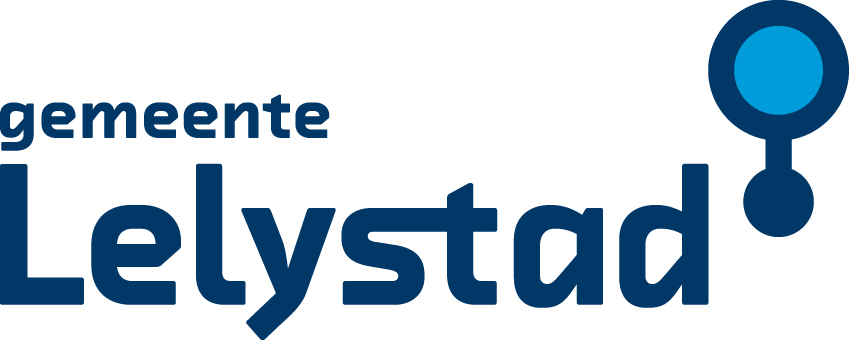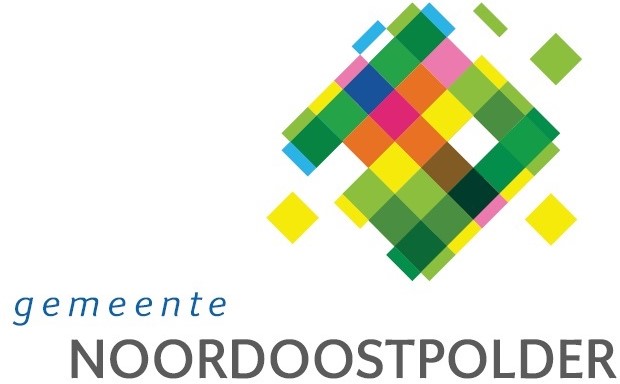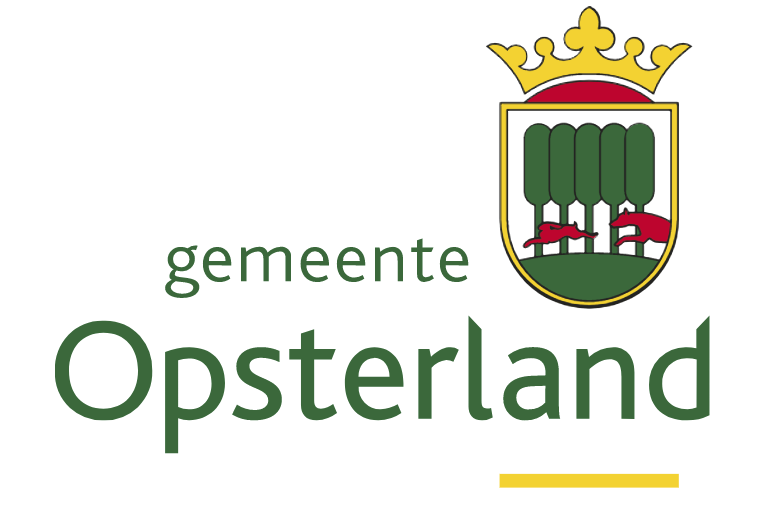06 May 2024
New stations along Lelylijn: what should station areas look like?

Suppose the Lelylijn comes to pass…. How can we best design the stations and station areas? Nick van Bergeijk, master’s student at TU Delft, did his graduation research at the project organization Lelylijn. In his study, he looked in particular at “Greenfield stations. These are entirely new train stations in places that currently do not have a station.
How did you get involved with the Lelylijn?
“From a young age, I found rail lines and area development very interesting. As a child I heard about the Zuiderzeelijn and later followed the plans for the Lelylijn. When I got the chance to do my graduation project at the Lelylijn project, I grabbed it with both hands. A teacher at my college put me in touch with Durk Bergsma of the project organization Lelylijn. And we soon agreed on a suitable research topic. I wanted to focus my research on station areas, the environment around potential stations. Because that is where the impact of the possible Lelylijn is going to be felt the most.”
Can you explain your research question?
“Central to my study is the question of how to spatially develop places and station environments along the Lelylijn. Here I am looking specifically at Greenfield stations. These are the new stations in places where there is currently no station. These will probably be on the outskirts of the city due to lack of space in the center. In this I have looked at the towns of Drachten and Emmeloord.”
What was your approach to this research?
“I used the node/place value model. This is a tool to see if a station works well. A station works well if the accessibility and activity at that location are balanced.
On the one hand, you have accessibility, or node value. With that, you look at how easily people can get to that place using different types of transportation, such as trains and buses. I looked at the number of connections, parking spaces for cars and bikes, and how often the trains and buses run.
On the other hand, you have place value. With that, you look at how vibrant an area is. Is it a place where many people want to be? For that, I look, for example, at how many people live or work in the area and what kind of activities there are to do.
I looked at all train connections in the north of the Netherlands, from Lelystad-Zwolle to Leeuwarden-Groningen, and looked at where new stations could be located. That way I could map out how any new stations would relate to the ones that are already there.”
How did you collect data for your research?
“My data came from various sources, including NS, Arriva, provincial governments and local bus operators. In addition, the special meetings of the project Lelylijn, called ‘make days,’ gave me valuable insights and perspectives from local residents and workers.”
For example, an interesting question was raised during the Making Days: what if we choose not to develop? This got me thinking. Is development always necessary? So I decided to explore a scenario where we don’t build around the stations and instead preserve the landscape as it is. It was a nice angle worth exploring, to see what impact this choice would have.”
What scenarios have you explored?
“On the one hand, I studied the effects of intensive urban development. One should think of areas with high building density where active transport such as cycling, walking and public transport is central. This could create a dynamic new city center. At the other extreme, I examined a scenario in which we do minimal development, with a strong emphasis on preserving the existing landscape and nature. And finally, I explored a middle ground: a scenario with moderate development.”
What are the results of your research?
“The key outcome is that there is no ‘right’ approach to development. The goal is to create a balanced station environment in which both accessibility and vibrancy are aligned.
If you don’t build anything, you might have a station that has excellent accessibility, but it lacks vibrancy because it is not used intensively. That could be a missed opportunity, given the investments. On the other hand, you have to consider the value of preserving nature and landscape.
High-urban development could create a station area like the one in Heerenveen or Assen, while a choice for landscape preservation would result in a station more like the one in a place like Haren.”
What do you think is the next step?
“I think it is good to have a conversation with residents, businesses, regional authorities and other stakeholders about the direction they want to go in terms of developing the station areas. A vision is needed. For example, should Emmeloord develop substantially and also grow as a municipality? Or do they want situation to remain largely as it is now?”
Durk Bergsma, program manager NOVEX at project organization Lelylijn is pleased with Nick’s contribution to the project Lelylijn. “Nick has successfully defended his Thesis. The results from his research help us gain insight into the impact of area development at stations. These include functions around a station, distances, densities and what that means for numbers of travelers.”
At the end of 2024, the project organization will provide decision information to administrators so that they can decide whether or not the Lelylijn project can move from the current research phase to the next (exploration) phase. That is also the phase in which more in-depth discussions with residents, businesses, regional authorities and other stakeholders will take place.





